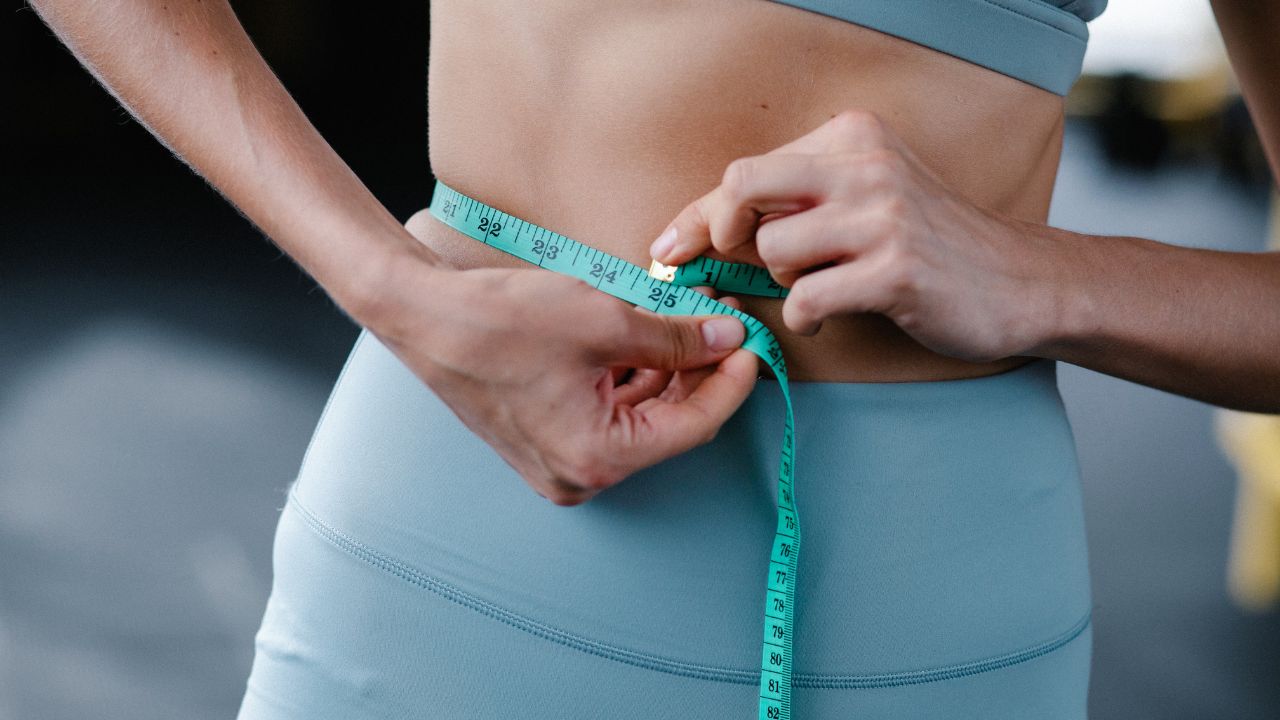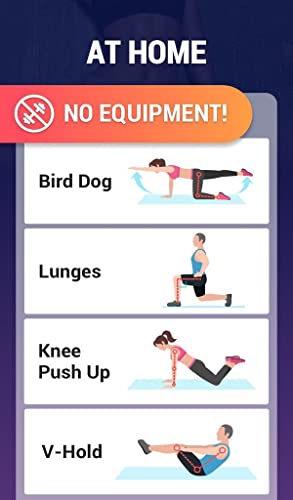
It is difficult to lose weight during the holidays. But there are things you can do to help yourself. You can avoid processed foods, stick to a regular eating schedule, and reduce your alcohol intake. Even if your preference is not to eat out or go to restaurants, it's possible to lose extra weight.
Avoid processed foods
Avoid processed foods, if you are trying to lose holiday pounds. These foods are often very high in calories and lack any nutrients. These foods won't help you lose weight. Eat lots of fruits, vegetables and other healthy foods. The nutrients and calories in fruits and vegetables are very low. Eaten lots of vegetables can help you feel fuller longer.
Holiday snacks are tempting during the holidays. You can indulge in holiday snacks like eggnog, fried appetizers and sugar cookies with snowmen-shaped designs. There's another way to indulge, without gaining unwanted pounds: eat complex carbs. Instead of buying processed sugar-filled cookies, focus on eating whole grains and quinoa.

Maintaining a normal eating schedule
Sticking to a consistent meal plan is a great way to lose holiday weight. This way, you'll feel less stressed about what to eat and won't have to restrict yourself as much. Although it is tempting to indulge on special occasions and eat out, remember that these events should be focused on spending quality time with loved ones and celebrating.
You should also ensure that you get enough sleep. Researchers discovered that sleep deprivation can have a negative impact on the circadian rhythm. It regulates a number of bodily functions. Additionally, holiday demands can make people more stressed, and stress is linked to higher food intake.
Avoiding restaurants
Avoid eating out and drinking alcohol if you want to lose weight over the holidays. Alcohol is a trigger for emotional eating. If you're prone to emotional eating, avoid these situations and think about how you'll cope with stress the rest of the year. You will likely feel happier.
Reduction of alcohol intake
As the holiday season approaches, many people are wondering how to handle festive gatherings, which can be centered around alcoholic drinks. There are creative solutions. To deal with curious partygoers, you can tell them that you are on diet and will not be drinking alcohol. You can also list a few benefits of not drinking alcohol. These could include feeling happy and losing weight. It is important to make these benefits clear.

It is common to drink alcohol during holidays. However, it can be very harmful to your health. Drinking too much alcohol can result in binge eating, which is not good for your waistline. Drinking water can help slow down the effects of alcohol and curb your calorie intake. If you do consume alcohol, you should drink it with food. You can also drink water with every alcoholic drink to reduce your intake by up to half.
It is important to read labels on food
Reading food labels can be difficult, particularly when it comes down to nutrition information. But, knowing the numbers is crucial to determine if a food is high in calories. On most packaged food, the Nutrition Facts label will list serving sizes as well as how many servings are contained in each container. These numbers can be used to calculate the daily calories and fat intake.
It is crucial to be aware of the calories and portions of various holiday treats. It is possible to reduce the portion size and use smaller plates. However, be careful. It is easy to multitask while eating and to eat more than you realize. It will be easier to ignore your body’s signals that you are full.
FAQ
What Amount Of Exercise Is Needed For Weight Loss?
There are many factors that affect the amount of exercise you need to lose weight. However, the majority of people require at least 30 minutes of moderate exercise five days a week.
The American College of Sports Medicine recommends that you do 150 minutes of moderate intensity aerobic activity per week. This should be spread over three days.
If you are trying to lose 10 pounds, 300 minutes of moderate intensity exercise per week is a good goal. This includes activities such brisk walking and swimming laps, bicycling, dancing, playing tennis or golfing, hiking, running, jogging and other similar activities.
Start out with 20 minutes of vigorous physical activity three times weekly if you're just getting started. These activities could include sprints and lifting weights.
Aerobic exercise helps to build muscle mass and burn calories. Muscle burns more calories than fat does. So building muscle can help you lose weight faster.
How long does it usually take to lose weight
It takes time for weight loss. It usually takes six months for you to lose 10%.
You shouldn't expect weight loss overnight. Your body will need time to adapt to new dietary changes.
This means that your diet should be gradually changed over many days or weeks.
Also, you should stop taking fad diets because most of them don't work. Instead, try to change your daily routine.
If you are a regular shopper of unhealthy snacks, it is a good idea to stop.
Instead, eat healthier meals at night. You'll be able to eat healthier meals earlier in the evening, and you won't snack later at night.
You should also drink plenty of water during the day. Water keeps your body hydrated and prevents dehydration. Dehydration makes you feel tired and sluggish.
It is important to drink plenty of water throughout each day to stay energized.
It is important to reduce stress levels through activities that allow you to relax. For instance, you could spend some quality time with loved ones.
You could also read books, watch movies or listen to music.
These activities will help to relax and unwind from stressful situations. They will also improve your mood, self-esteem, and overall well-being.
If you want to lose weight, consider your health first.
Your overall health can be measured by your physical fitness. Regular exercise and proper nutrition are key to getting fit.
How to make an exercise plan?
First, create a routine. It's important to have a plan for each day. This helps you plan ahead and avoid procrastination.
You should also ensure you have plenty to choose from when working out. You don't want to become bored with exercise because then you won't stick with it.
Also, you need to keep track on your progress. It is important to keep track of how much weight you have lost and gained over time.
It's easy for people to lose motivation when they start by losing weight. You may find it difficult to stay motivated if your weight increases.
It is important to find the right balance between weight gain or weight loss. If you're not happy with where you are, then you'll be less likely to continue exercising.
Statistics
- One study in 9 active men found that HIIT burned 25–30% more calories per minute than other types of exercises, including weight training, cycling, and running on a treadmill (18Trusted Source (healthline.com)
- According to Harvard Health, it's estimated that a 155-pound (70-kg) person burns around 167 calories per 30 minutes of walking at a moderate pace of 4 mph (6.4 km/h) (5). (healthline.com)
- Among women, the increase in metabolic rate was nearly 4%, or 50 more calories per day (14Trusted Source (healthline.com)
- One 6-month study showed that simply doing 11 minutes of strength-based exercises 3 times per week resulted in a 7.4% increase in metabolic rate, on average. (healthline.com)
External Links
How To
How to do Intermittent Fasting (IF)
Intermittent eating is a way to lose weight that you only have one day of the week. It's usually Monday through Thursday. This is a way to cut down on calories while still getting enough nutrition. It's believed that this helps burn fat faster than if you were eating normal meals throughout the entire week.
The most common type of IF is to restrict calories on specific days of the week. This would be a way to skip breakfast and eat whatever you want throughout the day. You could also choose three small meals instead of two large meals per day.
You can choose from many different types of intermittent fasting such as alternate day fasting (alternative day fasting), 5/2 fasts (8/4 fasts), 16/8 fasts, and so on. Each type of intermittent fasting has its pros and cons. Alternate day fasting, which doesn't require you to change your lifestyle, is the best way to get started. However, not everyone can stick to a rigid schedule. They might prefer to experiment with other methods.
If you're looking to start an intermittent fasting routine, I recommend starting with alternate-day fasting. This will allow for gradual transition to more extreme fasting without having to change your lifestyle.